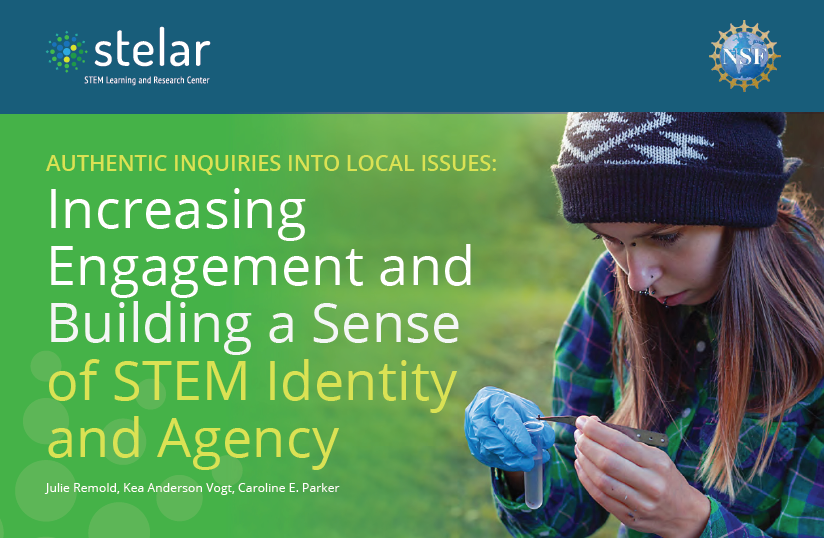Authentic Inquiries into Local Issues: Increasing Engagement and Building a Sense of STEM Identity and Agency
Description
 To share promising strategies in student-focused ITEST experiences with the ITEST community and the STEM education field, the ITEST program has called for reflection on best practices and lessons learned in response to the question, “What coherent sets of experiences effectively and efficiently support student competency (e.g., knowledge, skills), motivation, and persistence for productive participation in the STEM-related workforce of today or in the future?” We answer that question in this paper by focusing on ITEST projects that center on authentic inquiries into locally relevant issues.
To share promising strategies in student-focused ITEST experiences with the ITEST community and the STEM education field, the ITEST program has called for reflection on best practices and lessons learned in response to the question, “What coherent sets of experiences effectively and efficiently support student competency (e.g., knowledge, skills), motivation, and persistence for productive participation in the STEM-related workforce of today or in the future?” We answer that question in this paper by focusing on ITEST projects that center on authentic inquiries into locally relevant issues.
This paper focuses on ITEST projects that center on authentic inquiries into locally relevant issues. From a review of over 200 publications related to approximately 110 ITEST projects, we identified a set of publications relating to 12 ITEST projects involving authentic inquiries into community-related issues or unique natural features of the local area. Based on these publications, we present the 12 projects below. First, we summarize the learning outcomes these projects targeted and the findings reported in the publications. We then discuss each project in more detail to illustrate approaches and strategies. A section on types of student involvement in these projects, from designer to analyst to reporter, follows. Lastly, although our focus is primarily on student learning, we briefly consider targeted outcomes for teachers.
Read our featured post from STELAR Co-PI Carrie Parker, announcing these publications.
View the related STELAR Syntheses:
Resources submitted by ITEST projects may be hosted on third-party sites or require a fee or membership for access. Permission to use these materials must be obtained from the publisher or the author listed on each resource.